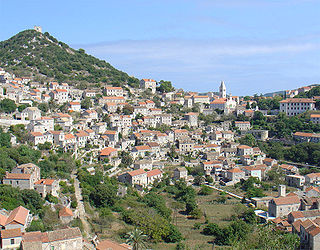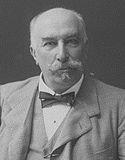
Anarcho-syndicalism is a theory of anarchism that views revolutionary industrial unionism or syndicalism as a method for workers in capitalist society to gain control of an economy and thus control influence in broader society. Syndicalists consider their economic theories a strategy for facilitating worker self-activity and as an alternative co-operative economic system with democratic values and production centered on meeting human needs.
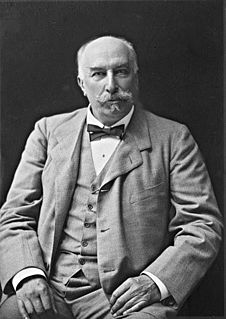
Giovanni Giolitti was an Italian statesman. He was the Prime Minister of Italy five times between 1892 and 1921. He is the second-longest serving Prime Minister in Italian history, after Benito Mussolini. He was a prominent leader of the Historical Left and the Liberal Union. Giolitti is widely considered one of the most powerful and important politicians in Italian history and, due to his dominant position in Italian politics, he was accused by critics of being a parliamentary dictator.

Giacomo Matteotti was an Italian socialist politician. On 30 May 1924, he openly spoke in the Italian Parliament alleging the Fascists committed fraud in the recently held elections, and denounced the violence they used to gain votes. Eleven days later he was kidnapped and killed by Fascists.

Palmiro Togliatti was an Italian politician and leader of the Italian Communist Party from 1927 until his death. He was nicknamed by his supporters Il Migliore. In 1930 he became a citizen of the Soviet Union and later he had a city in the country named after him: Tolyatti.

The March on Rome was an organized mass demonstration in October 1922, which resulted in Benito Mussolini's National Fascist Party ascending to power in the Kingdom of Italy. In late October 1922, Fascist Party leaders planned an insurrection, to take place on 28 October. When fascist troops entered Rome, Prime Minister Luigi Facta wished to declare a state of siege, but this was overruled by King Victor Emmanuel III. On the following day, 29 October 1922, the King appointed Mussolini as Prime Minister, thereby transferring political power to the fascists without armed conflict.

The Italian General Confederation of Labour is a national trade union based in Italy. It was formed by agreement between socialists, communists, and Christian democrats in the "Pact of Rome" of June 1944. But in 1950, socialists and Christian democrats split forming UIL and CISL, and since then the CGIL has been influenced by the Communist Party (PCI) and until recent years by its political heirs.

General elections were held in Italy on 16 November 1919. The fragmented Liberal governing coalition lost the absolute majority in the Chamber of Deputies, due to the success of the Italian Socialist Party and the Italian People's Party.
Squadrismo consisted of Italian fascist squads, mostly from rural areas, who were led by the ras from 1918–1924. As a movement, it grew from the inspiration many squadristi leaders found in Benito Mussolini, but was not directly controlled by Mussolini, and each squad tended to follow their own local leader. The squadrismo has been described as a “very undisciplined set of local bosses” where Mussolini attempted to assert some type of leadership control, although he had “not appointed” them nor had he usually met them. According to historian Stanley G. Payne, the "new mass Fascism had not been created by Mussolini," but the squadrismo had sprung up around him in rural areas, first starting in northern Italy.

Onorato Damen, was an Italian left communist revolutionary who was first active in the Communist Party of Italy. After being expelled, he worked with the organized Italian left, became one of the leaders of the Internationalist Communist Party, commonly known by their paper Battaglia Comunista. The Internationalist Communist Party formally founded in 1945, was numerically the largest left-communist organization in the post-World War II period. In 1952, Amadeo Bordiga, who had by then fully came out of retirement to found the International Communist Party, known by its paper Programma Comunista. Many elements of the original Internationalist Communist Party left to join the party Bordiga had formed. Onorato Damen lead the older party that did not follow Amadeo Bordiga into the new party but rather maintained the original name Internationalist Communist Party, maintained the original theoretical journal Promoteo, and their paper Battaglia Communista. Onorato Damen was politically active his entire adult life. He was the author of Gramsci: tra marxismo e idealismo.
Occupation of factories is a method of the workers' movement used to prevent lock outs. They may sometimes lead to "recovered factories", in which the workers self-manage the factories.
Italian anarchism as a movement began primarily from the influence of Mikhail Bakunin, Giuseppe Fanelli, and Errico Malatesta. From there it expanded to include illegalist individualist anarchism and anarcho-syndicalism. It participated in the biennio rosso and survived fascism. The synthesist Italian Anarchist Federation appeared after the war, and the old factions alongside platformism and insurrectionary anarchism continue today.

Italy witnessed significant widespread civil unrest and political strife in the aftermath of World War I and the rise of the Fascist movement led by Benito Mussolini which opposed the rise of the international left, especially the far-left along with others who opposed Fascism.
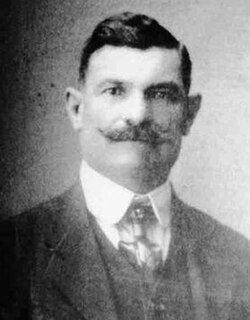
Nicola Alongi, was a Sicilian socialist leader, involved in the Fasci Siciliani a popular movement of democratic and socialist inspiration in 1891-1894. He was killed by the Mafia.
Events from the year 1922 in Italy.
The Bloody Christmas of 1920 was a series of clashes in Fiume, which led to the conclusion of the Fiume campaign carried out by Italian poet and adventurer, Gabriele D'Annunzio in 1920.

The Revolutions of 1917–1923 were a period of political unrest and revolts around the world inspired by the success of the Russian Revolution and the disorder created by the aftermath of World War I. The uprisings were mainly socialist or anti-colonial in nature and were mostly short-lived, failing to have a long-term impact. Out of all the revolutionary activity of the era, the revolutionary wave of 1917–1923 mainly refers to the unrest caused by World War I in Europe.
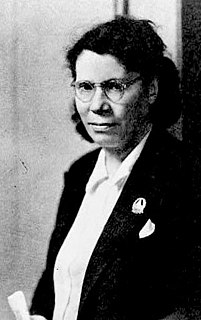
Teresa Noce was an Italian labor leader, activist, journalist and feminist. She served as a parliamentary deputy and advocated broad social legislation benefiting mothers.

Pietro Ferrero was an Italian anarchist and trade unionist.


